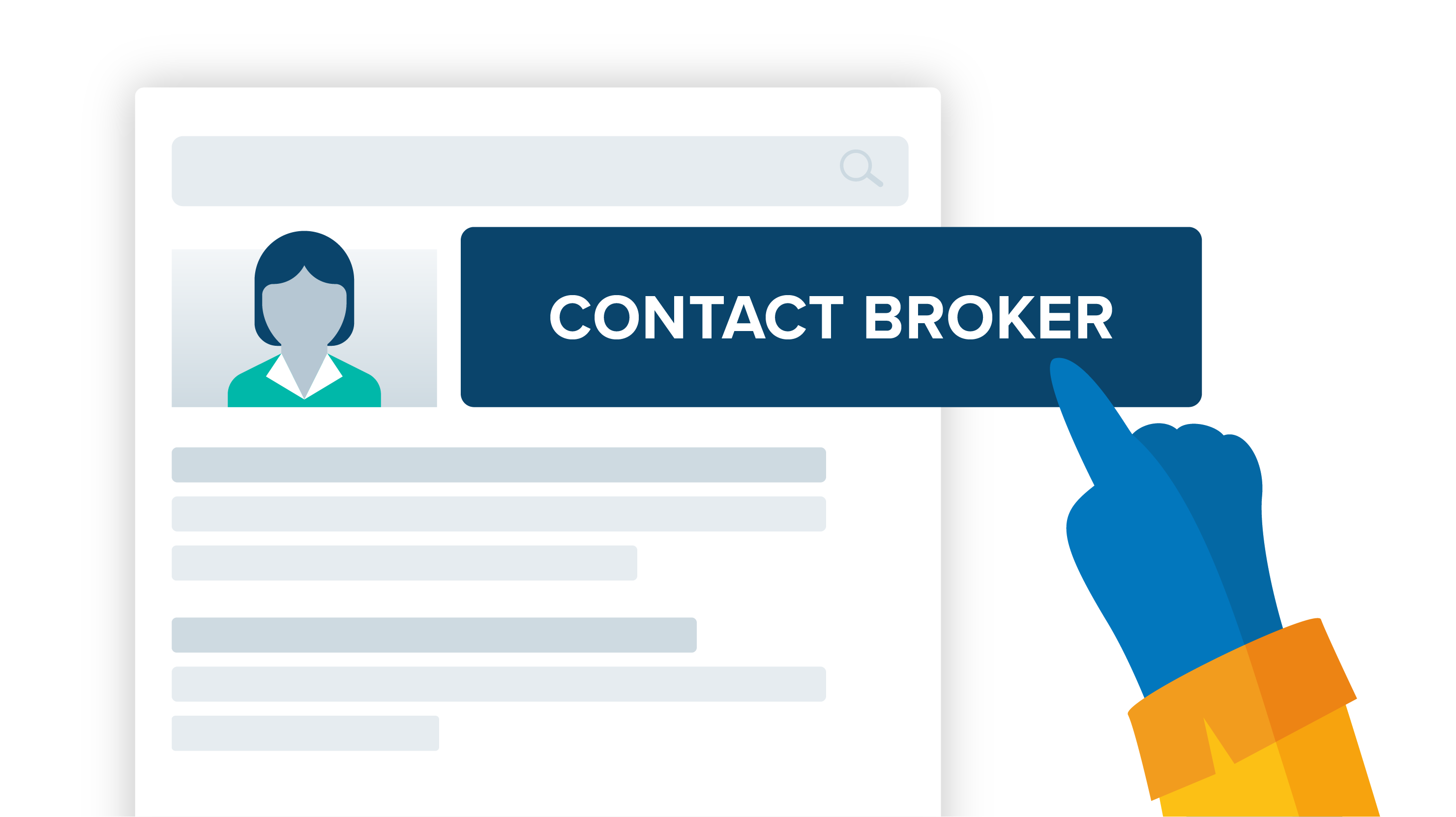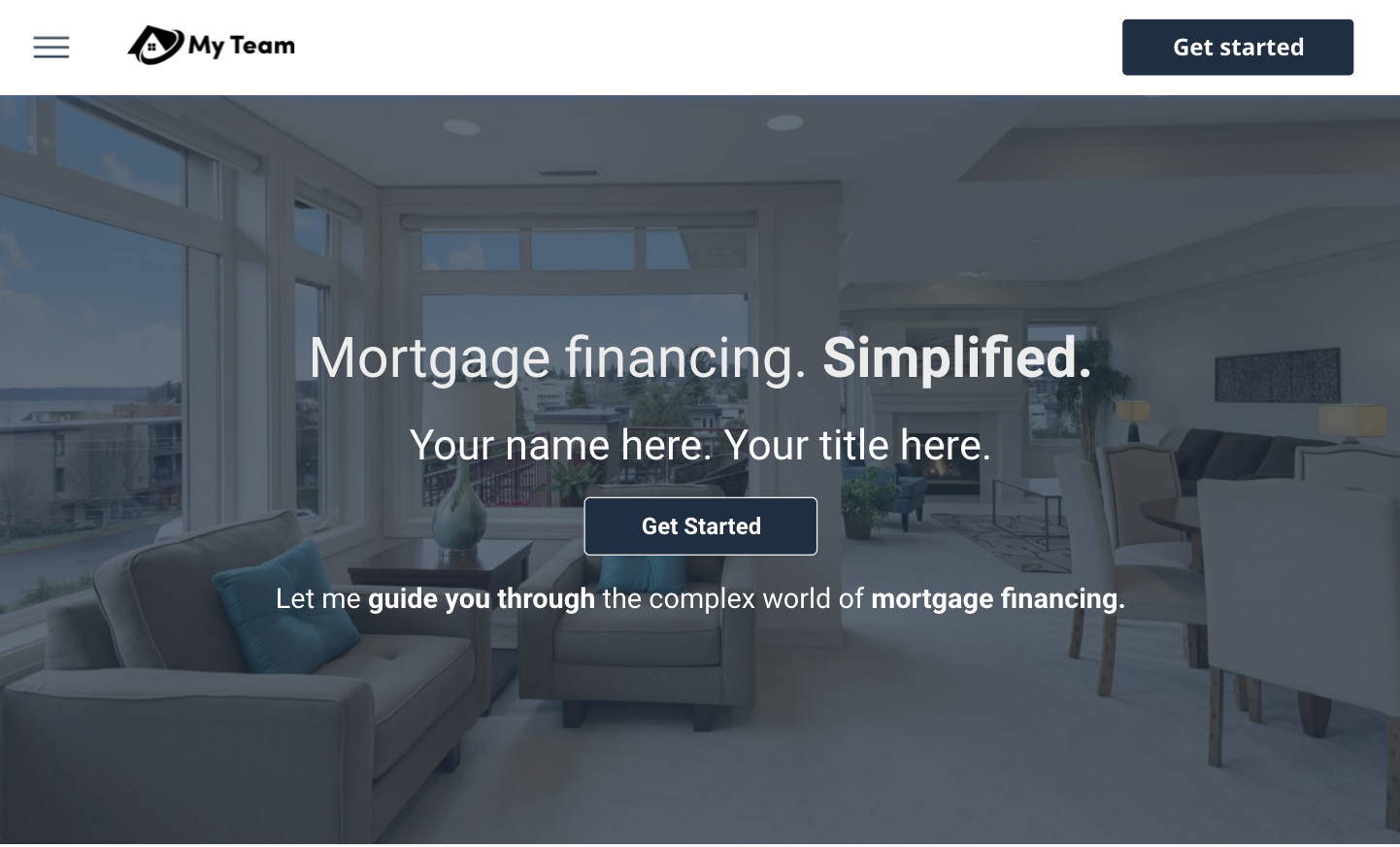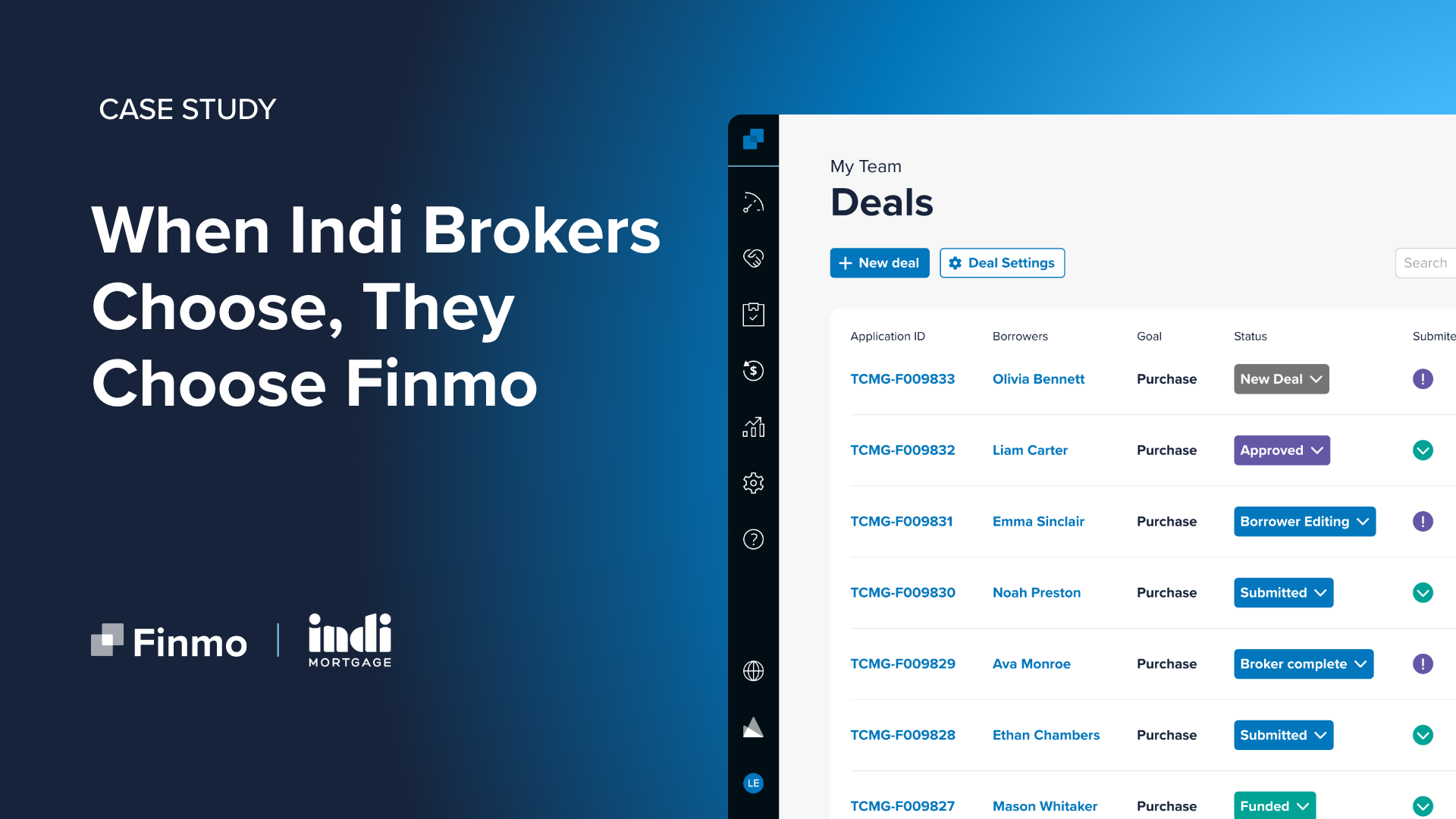
Optimizing Your Mortgage Process Series: Motivating Clients to Take Action
In this 4 part series, we tackle all the things you need to be thinking about, as a broker, to optimize and be proud of your process. This is the third article in the series, Motivating Clients to Take Action. Read the prior article in the series, How Your Clients Find You.
In the previous article, How Your Clients Find You, we established that an optimized mortgage process starts with ensuring the accuracy of your information online. A potential client that can’t find you can’t contact you. That’s a lost opportunity.
So assuming you’ve dialled in your SEO and your online footprint shows correct contact information, the next step is to get potential clients to take action. Simply having your contact information displayed online isn’t enough to motivate clients. You need to convince them to take action through clear and concise messaging.
Potential clients will only move forward if it’s in their best interest to do so. It’s the clarity of your messaging that will motivate them to connect with you. A great place to control your messaging and establish consistent branding is your personal website, as this is likely the first place potential clients will fully assess you online.
Anatomy of an Optimized Website
A website that fails to motivate potential clients to action is worthless. Unfortunately, this describes almost every standard-issue network or brokerage site. So if you’re using the website provided by your network, chances are you’re losing business because your website isn’t clear, and you aren’t motivating clients to action.
A well-laid-out personal website is crucial to optimizing your mortgage process. And as the cost of buying a domain and building a clear website is relatively inexpensive, there’s really no excuse not to have a website that you’re proud of.
The first step in building a great website is to ensure the words you use are clear. You need to tell potential clients exactly how they can start working with you. The best way to do this is through a primary call to action (CTA) button. Your primary CTA should always be visible, preferably in the top right of the header. From there, you’ll want to showcase your primary CTA repeatedly on your website.
Be bold, use active language, and tell potential clients exactly what you want them to do. For example, if you prefer new clients to initiate contact through an online application, consider using “Apply Now” or “Get Started” and link directly to your Finmo application. If you prefer to start the process with a meeting, “Book a Call” or “Contact Me” linked to your online calendar is a good choice.
Then you’ll want to focus on building a solid home page. Your home page should include a simple site menu that showcases your logo, a few key menu links, and your primary CTA button. The first section that appears when your site is loaded is called the Hero Section. Here, you need to quickly establish who you are, what problem you solve, and give potential clients a path to connect with you. Here’s a quick mockup of a sample menu and hero section:

If you recall, the main theme of this article series is: Thinking through your mortgage process from your client’s perspective will allow you to optimize for a better client experience… Well, that goes for your website as well.
Thinking through your website from your client’s perspective will allow you to optimize for a better client experience. Your website isn’t about you. Your website is for your client. So, build your website with your client’s needs in mind. Your job is to show potential clients that you understand their problems and that you have the solutions. Essentially, your job is to be their guide.
Here are some ideas of sections you can include on the homepage of your website:
- A simple 3 or 4 step plan
- Mortgage services
- Headshot and a brief bio
- Testimonials (Google Review Embed)
- An updated blog
- Social media feeds (Instagram Embed)
- Links to the Finmo calculators
- Secondary CTAs
- Niche marketing landing pages
- FAQ, Glossary, Application link, or Online Scheduler
With the right words in place, you’ll want to establish your business look and feel through your website. And while the appearance of your website doesn’t trump the words on your website, it’s important that your site looks good and feels like you. Your website should be optimized for all displays and act as the jumping-off point for your brand and style guidelines everywhere else online.
Social Media Presence
Social media best practices are constantly changing. And while an argument can be made that the best social media strategy continues to be genuine engagement, a more passive approach in shoring up social media accounts with a baseline presence is now an expected minimum requirement. This is because a potential client who is “checking you out online,” will likely use your social media platforms more like a search engine than a place to have a conversation with you. Although, it's important to be ready if they do reach out socially.
So whether you're a heavily engaged personal user or you’re someone who has hired a company to manage their social accounts because you want nothing to do with it, the key to success is to ensure you have a cohesive online presence that builds trust with potential clients. A great way to do this is to match the messaging on your social media accounts to your website. If at any time a potential client has to guess if the account they’ve found online is yours or not, you’re confusing them. Confusion is the opposite of clarity, and they won’t take action.
Here are some things to consider when setting up or updating your social media accounts:
- Use the same professional headshot on all your accounts
- Use a similar bio on all your accounts
- Link everything back to your personal website
- Identify your name, position, brokerage, and any licensing requirements.
To create that baseline presence on social media, ideally, you'll want to be found on LinkedIn, Instagram, and Google My Business. LinkedIn is a great place to showcase your professional achievements and experience. Instagram (or Facebook) is a safe place to combine business
and lifestyle. Google My Business is an amazing SEO citation that collects testimonials and provides ways potential clients can get in touch with you.
From SEO to your CTA
Motivating clients to action requires setting up an online funnel.
At the big end of the funnel is your SEO. When someone googles you, they need to find accurate contact information, links to your social accounts, and your website.
From there, your citations and social media accounts should build trust and drive potential clients to your personal website.
A good website should build even more trust and be outfitted with a single call to action button that tells clients exactly how to start working with you.
From there, potential clients will either choose to connect with you, or they won’t.
In the next article of this series, we’ll discuss best practices around using technology to foster authentic communication with clients to enhance their mortgage experience.



.png?width=2561&name=Email%20Banner%20(4).png)